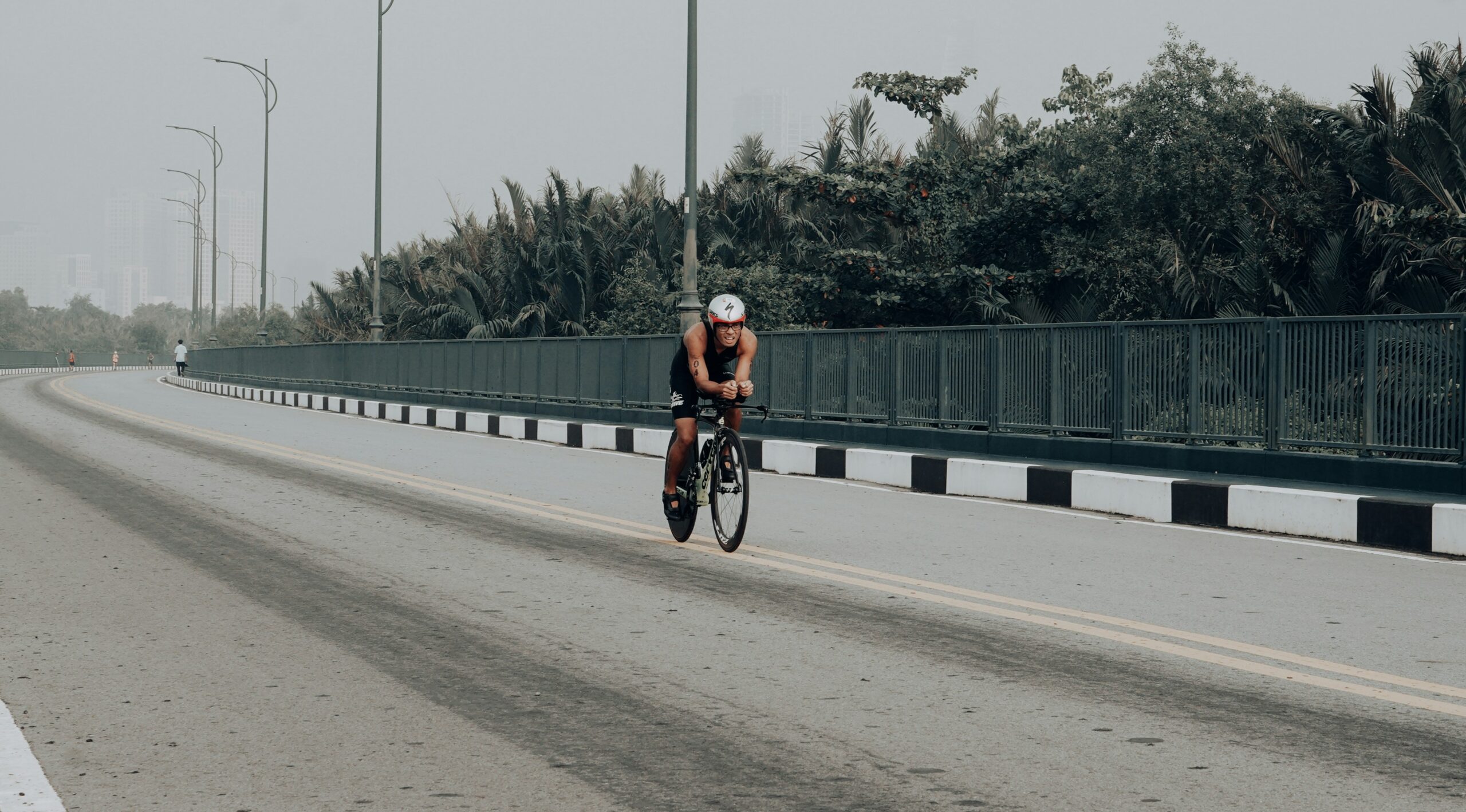Cornering is an essential skill for cyclists, whether you’re racing through tight crit courses, navigating winding descents, or simply riding confidently through urban streets. While many riders focus on improving fitness, power, or endurance, cornering can often be overlooked despite its potential to significantly enhance both speed and safety.
In this guide, we’ll explore the techniques, physics, and strategies behind mastering the art of cornering. Whether you’re a seasoned racer or a weekend warrior, refining your cornering skills can give you an edge, boost confidence, and make your rides more enjoyable.
Why Cornering Matters
Efficient cornering is about more than just taking a turn. It’s about maintaining speed, conserving energy, and riding safely. Poor cornering can cost precious seconds in a race, force unnecessary braking, and increase the risk of crashes. A well-executed corner allows you to:
- Maintain Momentum: Carrying speed through corners means less effort to regain pace afterward.
- Improve Safety: Proper technique reduces the risk of sliding out or misjudging a turn.
- Enhance Confidence: Feeling in control allows you to tackle corners with assurance, whether in a group ride or solo.

The Basics of Cornering
Cornering effectively involves a combination of body positioning, braking, line selection, and awareness of road conditions. Let’s break these down:
1. Body Position
Your body position is the foundation of cornering. Proper positioning provides balance, control, and stability.
- Lower Your Center of Gravity: Bend your elbows and drop your torso slightly to improve stability.
- Outside Foot Down: Place your outside pedal at the 6 o’clock position and apply pressure to counterbalance the bike.
- Look Where You Want to Go: Your bike will naturally follow your line of sight, so focus on the exit of the turn.
2. Braking
Braking is crucial but must be done at the right time.
- Brake Before the Turn: Slow down before entering the corner; braking mid-turn can destabilize your bike.
- Modulate Pressure: Avoid slamming the brakes. Instead, apply smooth and controlled braking.
- Release Gradually: Let go of the brakes as you lean into the corner to maintain grip and control.
3. Line Selection
Choosing the correct line through a corner is essential for speed and safety.
- Wide-In, Apex, Wide-Out: Approach the corner from the outside, aim for the apex (the innermost point), and exit wide. This technique maximizes speed and minimizes the angle of the turn.
- Adapt for Traffic: On open roads, adjust your line to stay safe and visible, particularly in group rides or high-traffic areas.
4. Lean and Steering
Cornering requires a balance between leaning your bike and steering.
- Bike Lean: Your bike should lean more than your body to maintain traction.
- Countersteering: Gently push the handlebar in the direction you want to turn. For example, push the right handlebar forward to turn right.
- Stay Relaxed: Keep your grip light and your upper body relaxed to allow the bike to move naturally.

Adapting to Road Conditions
Every corner is different, and adapting to road conditions is key to mastering cornering.
Wet or Slippery Roads
- Reduce your speed significantly before the turn.
- Avoid sudden movements or heavy braking.
- Choose a smoother, less aggressive line to minimize the risk of losing traction.
Descending Corners
- Use the same techniques as flat corners but anticipate a longer braking distance.
- Be mindful of gravity’s pull and adjust your speed accordingly.
Group Rides
- Communicate your intentions early with hand signals or verbal cues.
- Avoid overlapping wheels to reduce the risk of collisions.
- Maintain a steady line to avoid disrupting the group.
Practice Makes Perfect
Mastering cornering requires consistent practice and attention to detail. Here are ways to hone your skills:
- Parking Lot Drills: Practice tight turns and figure eights in a safe, controlled environment.
- Focus on One Element: Work on body position one day and line selection another to refine specific skills.
- Analyze and Adjust: Reflect on your performance during rides and identify areas for improvement.
Common Mistakes and How to Avoid Them
Even experienced cyclists can struggle with cornering. Here are some common errors and their solutions:
- Braking Too Late: Practice braking earlier to enter the corner at a manageable speed.
- Oversteering: Stay relaxed and let the bike lean naturally. Avoid forcing the turn.
- Looking at Obstacles: Focus on the path you want to take, not on hazards.

Elevating Your Cornering Skills
As you gain confidence, take your cornering to the next level with advanced techniques:
- High-Speed Corners: Experiment with leaning deeper and increasing entry speeds gradually.
- Crit Racing Practice: Join practice crits or race simulations to refine cornering under pressure.
- Analyze Pros: Watch professional races and observe how riders handle corners at speed.
Conclusion
Mastering cornering is a game-changer for cyclists. It’s not just about shaving seconds off your time but also about riding with confidence, control, and enjoyment. By understanding the principles of body positioning, braking, line selection, and adapting to conditions, you can transform your cornering abilities and elevate your overall cycling performance.
Remember, like any skill, cornering takes time and practice to perfect. Dedicate time to honing your technique, and soon you’ll find yourself carving through turns with ease and precision.


Leave a Reply